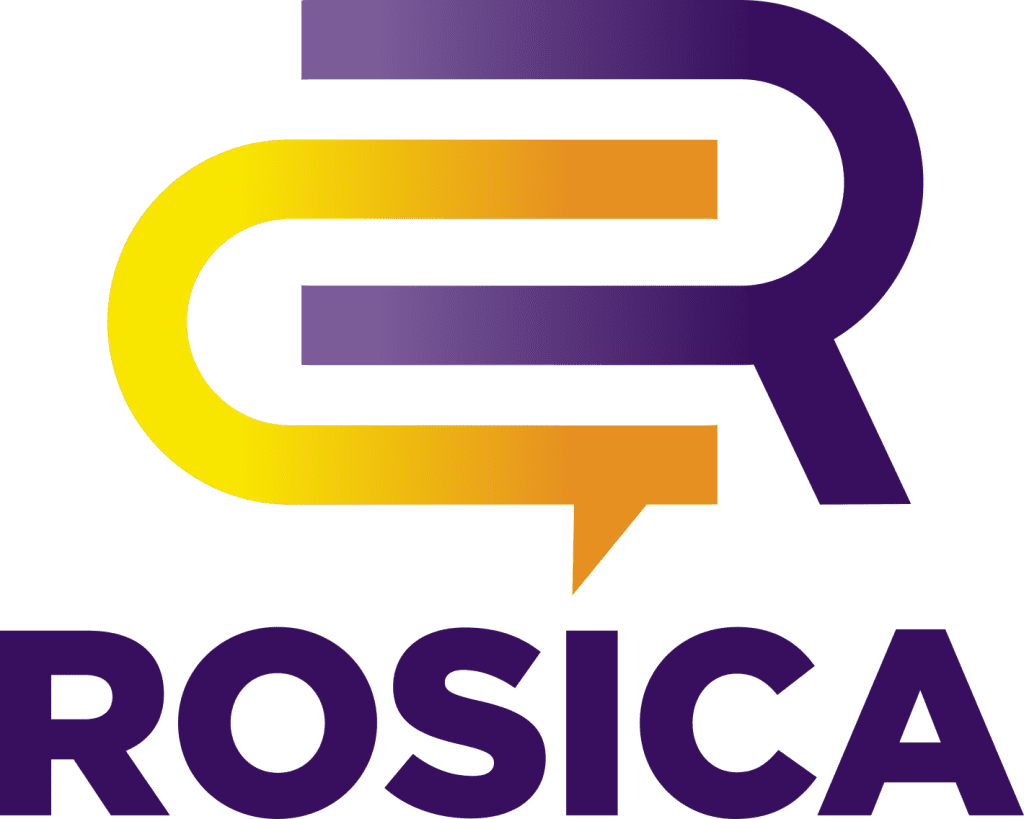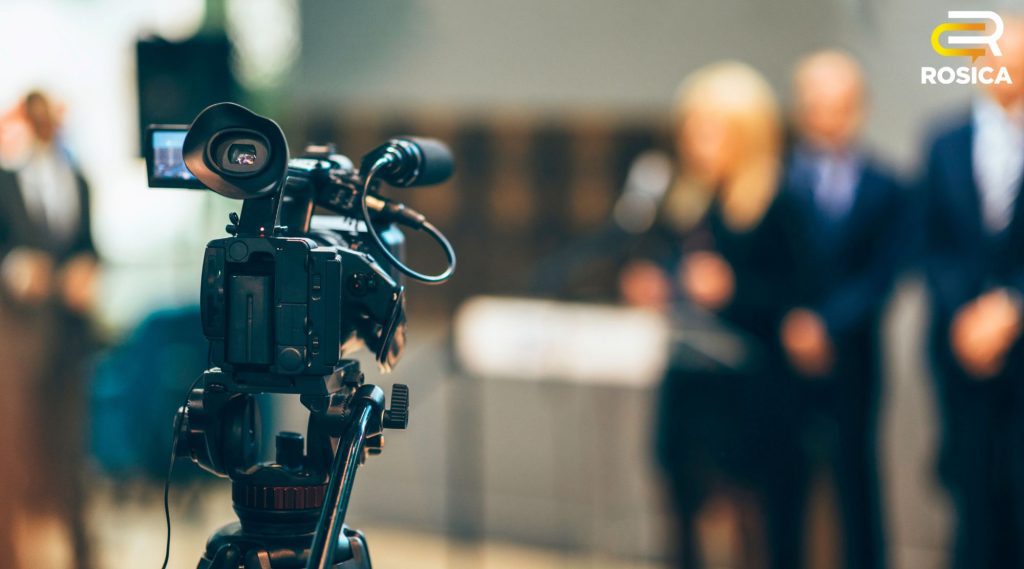In a media landscape that’s faster, more fragmented, and more skeptical than ever, spokespeople and executives need to be prepared, precise, and purposeful. Today, every word, gesture, and misstep can be amplified across countless platforms in seconds—making media readiness not just an asset, but a critical necessity for protecting and elevating your brand presence.
From live interviews and social media soundbites to challenging crisis inquiries, the rules of engagement are evolving—and traditional media training approaches no longer suffice. Organizations that want to protect and enhance their brand reputation must rethink how they prepare leaders for today’s highly dynamic environment.
In this blog, we’ll explore four media training imperatives every organization should adopt in 2025 to stay ahead of the curve.
1. Adapt to Multichannel Messaging
The days of preparing solely for traditional TV, terrestrial radio, and print interviews are long gone. Today, a spokesperson must be ready to engage across a wide array of platforms—from podcasts and livestreams to TikToks, Reels, and LinkedIn Lives. As PR agencies and communications teams know, these emerging channels carry just as much influence, if not more, than legacy outlets.
Modern media training must incorporate mock interviews that simulate multichannel scenarios. Spokespeople should practice adapting their message for different formats, such as:
- Shorter TV interviews
- A casual but insightful podcast appearance
(more long-form streaming opportunities)
- A spontaneous response on a LinkedIn Live session
- A short, emotionally resonant video for Instagram or TikTok
It’s crucial for spokespersons to get comfortable with more organic, less scripted video styles. Authenticity often trumps perfection in digital spaces, where audiences expect transparency and relatability over rehearsed talking points.
By mastering multichannel fluency, organizational leaders can maintain message consistency across broadcast, digital, and short-form content while reaching audiences where they are today.
2. Lean Into Transparency and Emotional Intelligence
Audiences in 2025 are more skeptical, socially aware, and critical of organizations than ever before. Messages that once might have passed muster now invite intense scrutiny—and missteps can travel, in real time, across social media.
This is why today’s media relations agency partners emphasize transparent, emotionally intelligent communication in media training programs. Spokespeople must be trained to deliver clear, straightforward messages while demonstrating genuine empathy and awareness of industry and societal issues.
Training should involve high-pressure scenarios that simulate crisis moments, teaching leaders how to:
- Acknowledge mistakes or challenges without becoming defensive
- Balance transparency with confidence (while protecting the brand)
- Show authentic empathy toward a variety of stakeholders
- Rebuild trust proactively, not reactively
Organizations that invest in emotional intelligence alongside technical messaging skills will be better equipped to manage crises, safeguard reputation, and forge stronger bonds with their communities.
In a world where every interaction is scrutinized through a social responsibility lens, coming from a place of empathy and honesty is no longer optional—it’s essential.
3. Prepare for AI-Fueled Misinformation and Deepfakes
Perhaps the most critical new frontier in media training for 2025 is preparing spokespeople to deal with AI-driven misinformation, including synthetic media and deepfakes.
Deepfake videos, manipulated audio clips, and AI-generated false narratives can quickly spiral out of control, damaging brand credibility and sowing confusion. National PR firms and crisis communication experts are increasingly advising clients to integrate misinformation response tactics into media coaching programs.
Effective media training should teach leaders and KOLs how to:
- Recognize signs of synthetic or manipulated content
- Respond swiftly but calmly to false narratives
- Guide audiences back to verified, credible information sources
- Collaborate with HR and cybersecurity teams during response planning
During crisis communication scenarios, it’s vital for spokespeople to project composure and clarity. Overreacting or attempting to “fight” misinformation emotionally can often backfire, giving falsehoods more attention. Instead, a trained media spokesperson must be able to:
- Stay on-message while addressing the situation
- Redirect conversations toward truth and facts
- Reinforce organizational values and credibility
Given the rise of sophisticated AI tools that can clone voices, fabricate videos, and spread disinformation in seconds, PR agencies are recommending that every crisis communications plan include specific protocols for handling synthetic media incidents. This preparation could make the difference between mitigating a reputational threat and amplifying a crisis.
4. Ensure Media Trainings Consider Spokespersons’ Strengths and Weaknesses
In advance of all media and public speaking training sessions, Rosica determines whether KOLs and executives are analytical, expressive, dominant, or amiable. This helps us to guide them and modulate tone, body language, and the style in which they respond to questions. For example, if a spokesperson is highly analytical and apt to regularly cite data or statistics, we help them communicate through storytelling and human-interest stories, which is far more memorable and less likely to tune out listeners, viewers, or readers. This adds an emotional, yet facts-based style of delivering commentary, which is essential in reaching stakeholders regardless of their own personality and communications preferences.
If, on the other hand, a person is highly expressive and speaks with their hands, we give them tools to communicate in a style that is a bit more analytical. This helps them deliver clear and concise messages that otherwise may seem fragmented.
We view this as an imperative in today’s media training world because perception is reality—and audiences must connect with and relate to spokespeople, regardless of their communication styles.
Conclusion
The old rules of media training no longer apply. Today’s leaders must be agile, emotionally intelligent, and multichannel fluent—all while navigating a digital environment rife with misinformation, deepfakes, and rapidly shifting audience expectations.
Investing in modern media training is no longer optional. It’s a strategic necessity. Organizations that empower leaders to communicate authentically, flexibly, and decisively will be far better positioned to protect and elevate their brands in 2025 and beyond.
Partnering with an experienced media relations agency can give organizations the tools they need to face today’s media challenges confidently.
About Rosica Communications
At Rosica Communications, we transform organizational leaders into powerful, resilient storytellers. As a leading crisis communications firm and media training agency, our training programs are tailored to help spokespeople in the animal health, nonprofit, education, healthcare, and corporate sectors navigate today’s evolving media ecosystem with confidence and credibility.
Whether you need support building a proactive media strategy or training executives to handle high-stakes interviews, we’re here to help.
Schedule a call with Chris Rosica via the following link: https://calendly.com/rosica/30min. Please connect as we’d love to hear about your organization’s goals!

